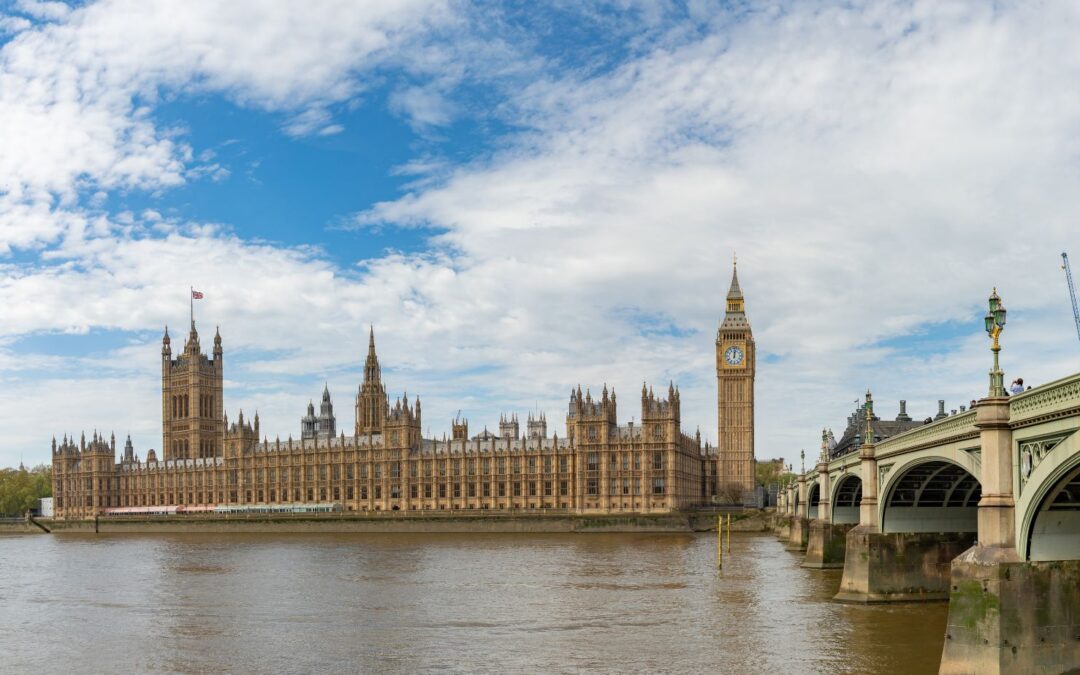From the Guggenheim in New York to Barcelona’s Sagrada Familia, architectural landmarks have long been admired for their artistry. Photographing these buildings is another artform in its own right, and a powerful way to explore their design and character. STIR’s latest architectural photography roundup is a good example of this. The highlighted works go beyond just capturing buildings on a basic level as they also draw attention to the people and stories entwined with them. In doing this, the photos show how architecture influences daily life, and vice versa. Indeed, when you pay attention to the clever ways photographers use elements like people, perspective, and light in their shots, you can come to appreciate the artistry within architecture in whole new ways.
Appreciate architecture from different angles
Great architectural photography isn’t afraid to experiment with perspective, and a switch in viewpoint can completely change how a building looks and feels. Think of a massive skyscraper, for example. When you’re right up close, the angles and lines are incredibly dramatic. This adds energy and life to the image, and gives the building a real presence. On the other hand, a wider view can reveal different patterns or shapes you wouldn’t otherwise notice. Seen from this zoomed-out angle, you can appreciate the building as a visual work of art, rather than just a practical physical structure. Areal perspectives are also particularly eye-catching, as they give a birdseye view that shows how a building fits in with its wider surroundings. The inclusion of roofs and streets within the photo can give a sense of scale, which helps you see how the building interacts with the daily life and activity around it.
“Golden Hour” Light Highlights Architectural Beauty
Light also has a major impact on how architecture is seen, and it’s amazing how much character and mood it can reveal in a photograph. For example, the same building can look completely different in sunlight versus shadows, so even a familiar building can surprise you when captured on camera. Photographers often swear by the golden hour — the hour just after sunrise or before sunset — as the best time to shoot architecture. The soft, warm light of this time reduces harsh shadows and brings out lines and textures that perfectly highlight the beauty of architectural design.
Brutalist architecture may be an exception to this rule. Harsher, midday light creates dark shadows and strong contrasts that actually suits the bold, angular style of this kind of architecture.
People As Part Of The Building’s Design
The inclusion of people adds another artistic layer that shows the building in action, how it’s really used in everyday life. You’ll sometimes find architectural photography often just focuses on the building’s details, and, in doing so, shows the structure as if it’s separate from everything else. But when people are added to the mix, the building comes alive, and you get a true sense of how it integrates with its surroundings. The contrast between the building’s stillness and the motion in and around it can also be really striking. If you’re interested in examples, photographers like Iwan Baan and Fernanado Guerra are well-known for capturing people in their building shots. Baan actually spent over a decade photographing the ongoing construction of the CCTV headquarters in Beijing China. Most of these images show the construction workers in the process of building the skyscraper, which places them at the center of the building’s story.
Architectural photography showcases the beauty in buildings, even in ones we may sometimes overlook. When you learn to appreciate how perspective, light, and people are used in various ways, you’ll come to appreciate architecture in a fresh new light.

